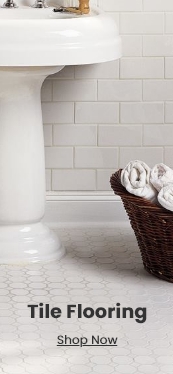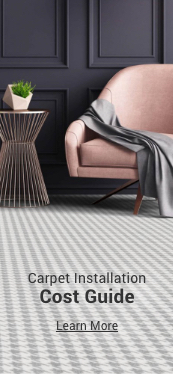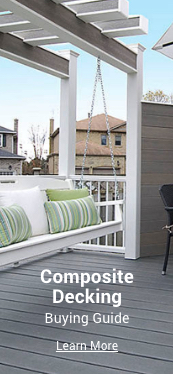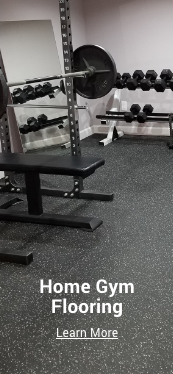
Understanding Underlayment
With our beginner’s guide to understanding underlayment, learn the purpose of underlayment, how to control mold, how to choose the right underlayment and more!
When you put your foot down on your home’s flooring, you are standing on top of three layers. There of course is the subfloor, which is a permanent fixture in the house, plus the flooring that you can see and walk on. Between those two is the underlayment, which is just as important to you home as the floor boards you place on top of it.
The underlayment is thin and usually made up of either wood or cement board. In some cases you can also use a softer foam or cork. What your flooring installation recommends will depend on the type of flooring you choose and the subfloor that is supporting it all.
The Purpose of an Underlayment
Don’t let a bargain installer talk you out of an underlayment for your new flooring. These provide a smoother finish to the end result by making sure that no bumps or irregularities in the subfloor push through.
They will also provide more stability to the floor. The boards used are installed perpendicular to the subfloor to provide extra strength. This is particularly important for rooms on the second story of the house.
If you are installing a floor that requires an adhesive like ceramic tiles or vinyl having an underlayment will provide a better surface for that adhesive to stick to. This will help prevent that curling you often see with vinyl or tiles that start to slip out of place.
Mold Control
With so much emphasis on conserving energy, homes today are virtually air tight. One of the most important reasons for the underlayment is moisture control, especially when your house sits on a slab.
The moisture combined with the airtight home will make a perfect environment for mold to grow under your floorboards. Talk to your installer about an underlayment that has been treated with a vapor retarder. This does not guarantee that moisture will never make its way through, but it does make it harder for it to get there.
| Related Content >> What is a Moisture Barrier? |
Which Type to Choose?
This is a decision that you need to make with your floor installer. You should know that when installing wood floors, a wood underlayment is the best option, especially when treated with moisture retardant. Plywood will give the floor more stability and offer a good base for the installation to be perfect.
Cement board makes a good base for ceramic or porcelain tiles and can also be found treated for mold. If you are installing tiles in a bathroom or kitchen, this is your best choice for underlayment. It will give your flooring the best background to stick to, and help in controlling the build-up of mold.
Foam and cork are cheap alternatives, and not much better than nothing at all. A floor that has been installed on top of this type of underlayment will feel squishy. Plus imperfections in the sub floor will eventually make their way through the soft material.
Now that you have the background on underlayment you can impress your floor installer by having a frank conversation about the type he plans on using. Not only will you impress, you will ensure that you are getting the best base for your new floor to sit on.


































